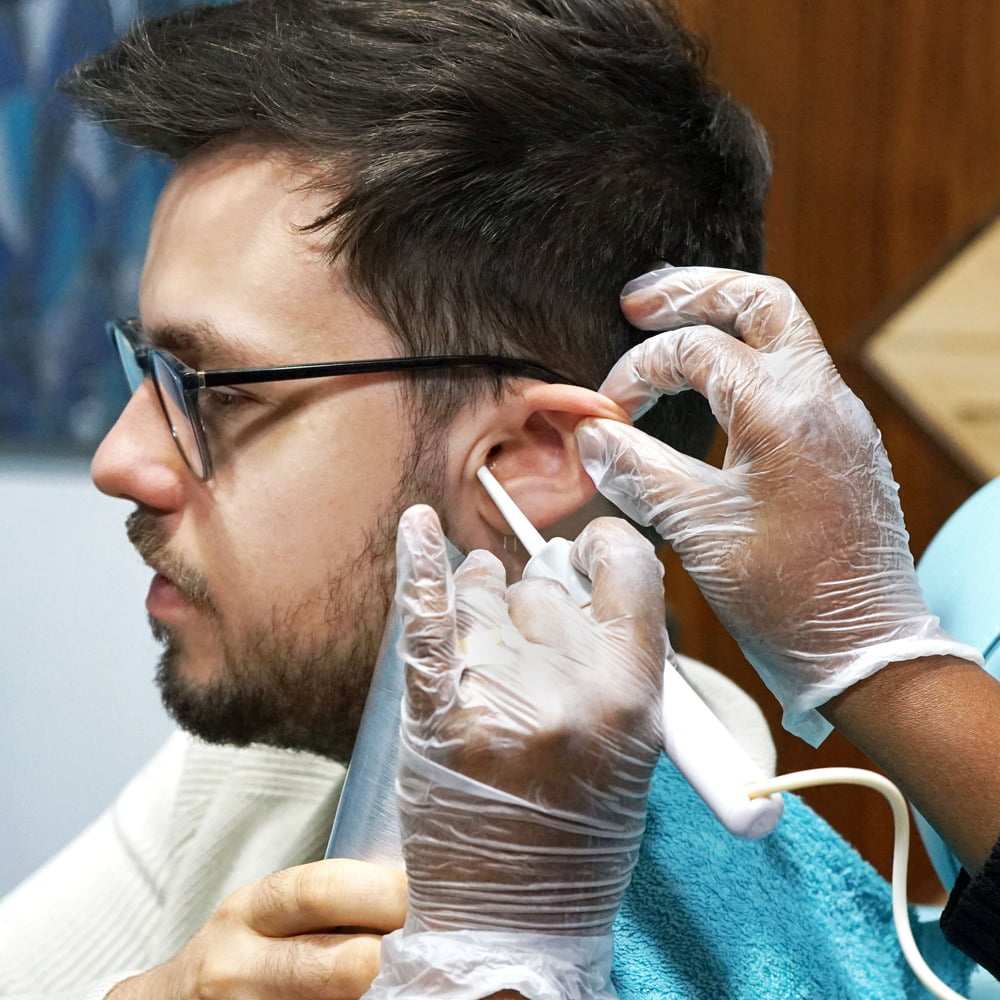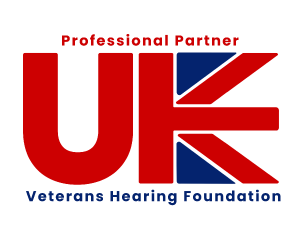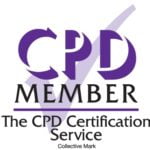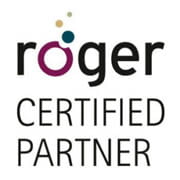Hear4U surveyed the effectiveness of various earwax removal methods. We aimed to determine which techniques-alone or combined-deliver the most effective results.
Methodology: Analysing Earwax Removal Techniques
Earwax removal is a routine yet critical procedure within audiology. A variety of techniques are available, each with different approaches to removing earwax.
This study aimed to directly compare microsuction and water irrigation – two of the most commonly adopted techniques. To evaluate these methods, Hear4U reviewed the outcomes of the last 100 earwax removal treatments at our clinics.
The survey focused on quantifiable outcomes such as the rate of successful earwax removal and the frequency of subsequent follow-up treatments.
Results: Comparative Effectiveness of Earwax Removal Techniques
- Water irrigation showed a 100% success rate in this survey. None of the 22% of clients who chose it needed a follow-up appointment.
- Microsuction accounted for 62% of procedures. Of these clients 3.2% required a follow-up to clear earwax completely.
- The subset of clients (16%) who underwent both microsuction and water irrigation in one day did not require any follow-ups.
Implications
The survey results indicate that water irrigation, though less frequently selected by clients, resulted in no instances of follow-up treatments within the surveyed group. This suggests a high effectiveness of water irrigation for earwax removal when it is chosen. However, it is important to consider the potential influence of selection bias, as a lower percentage of clients opted for this method, which may affect follow-up rates. Further research could investigate the reasons behind water irrigation’s less common selection, including addressing any prevailing misconceptions or informational deficits.
While microsuction is a popular choice and has its place in ear care, the efficacy of water irrigation as evidenced in this survey suggests it may merit a broader application in clinical practice. It should be noted that water irrigation is contraindicated in certain conditions, such as the presence of a punctured eardrum, and is not a one-size-fits-all solution.
The survey results also revealed that clients who underwent both microsuction and water irrigation in the same session did not require follow-up treatments. This pattern suggests that combining both techniques could offer a more thorough solution. It warrants further examination to understand the potential synergistic effects of using both techniques.






